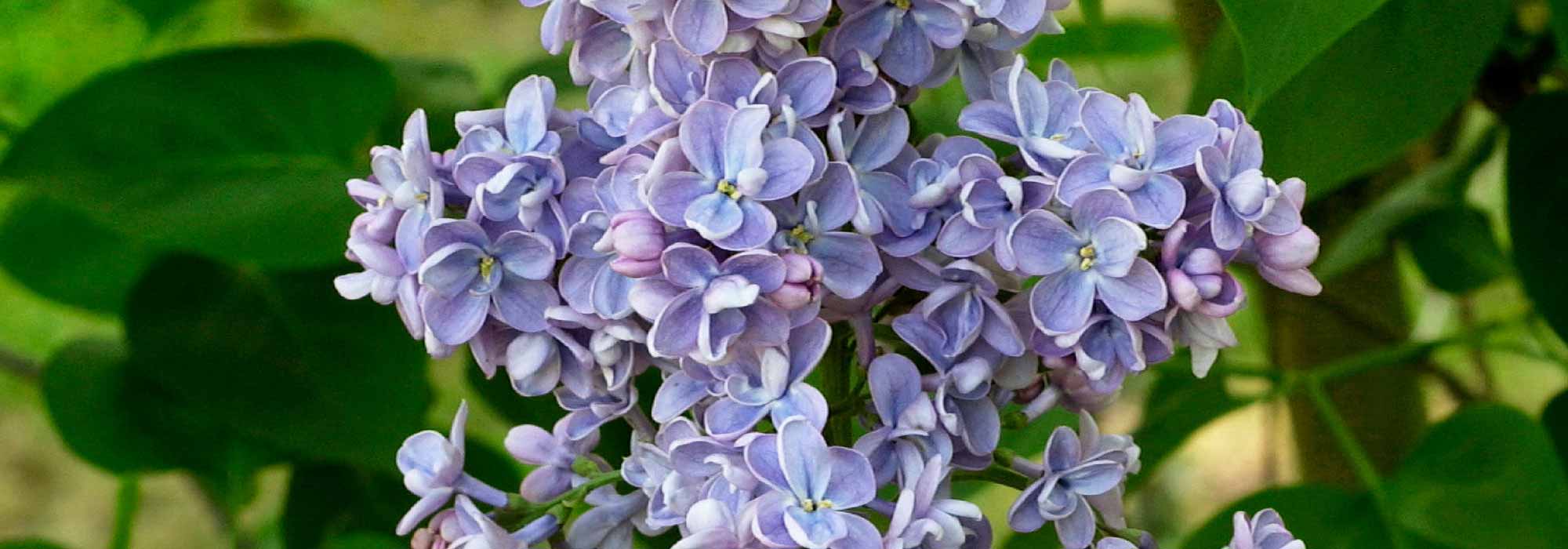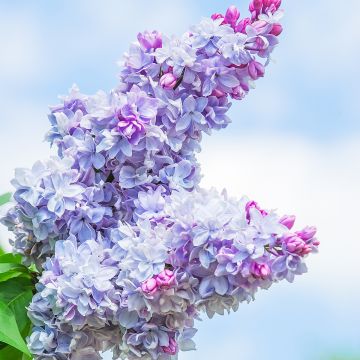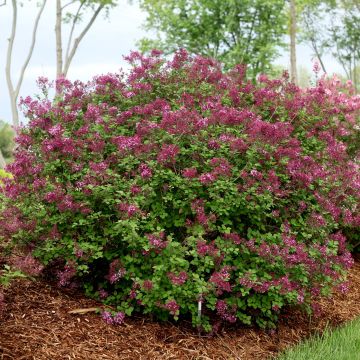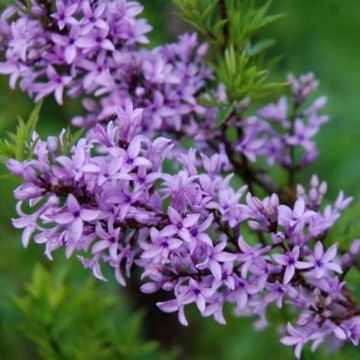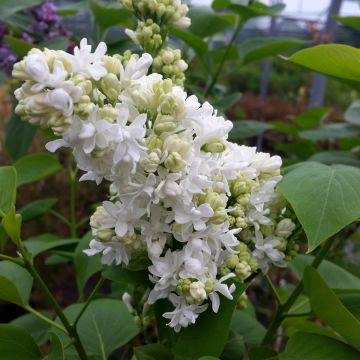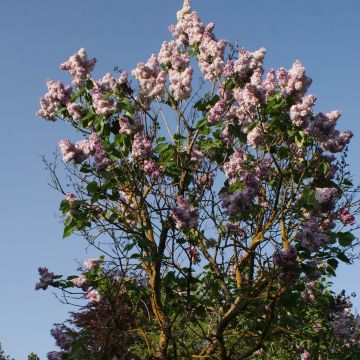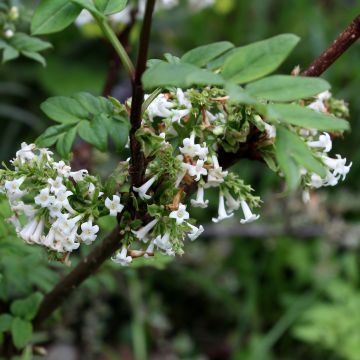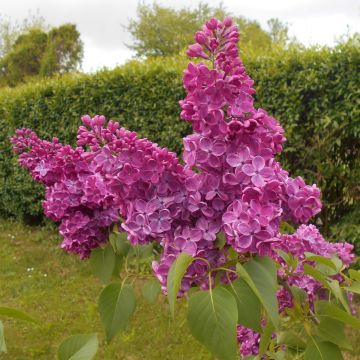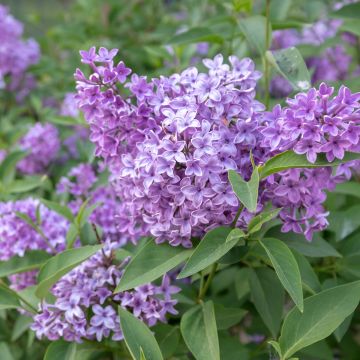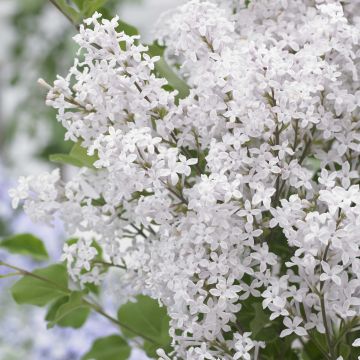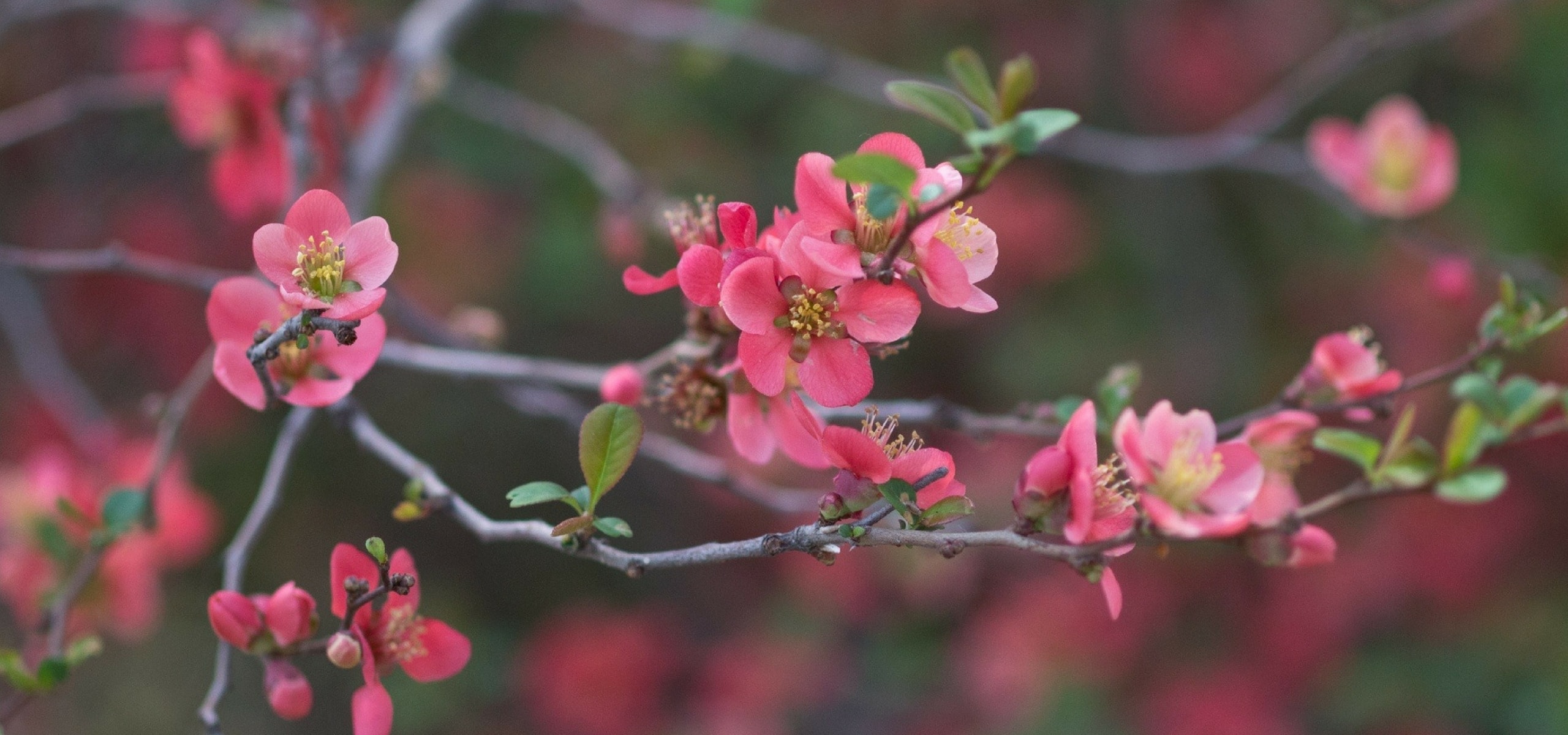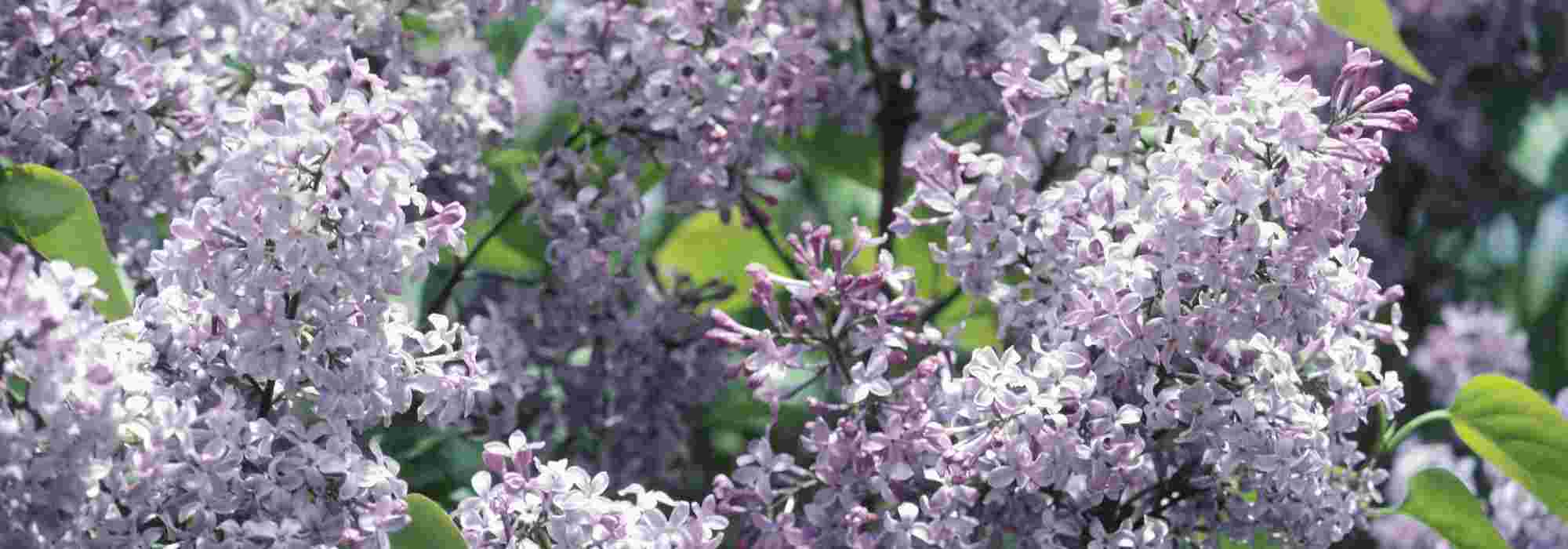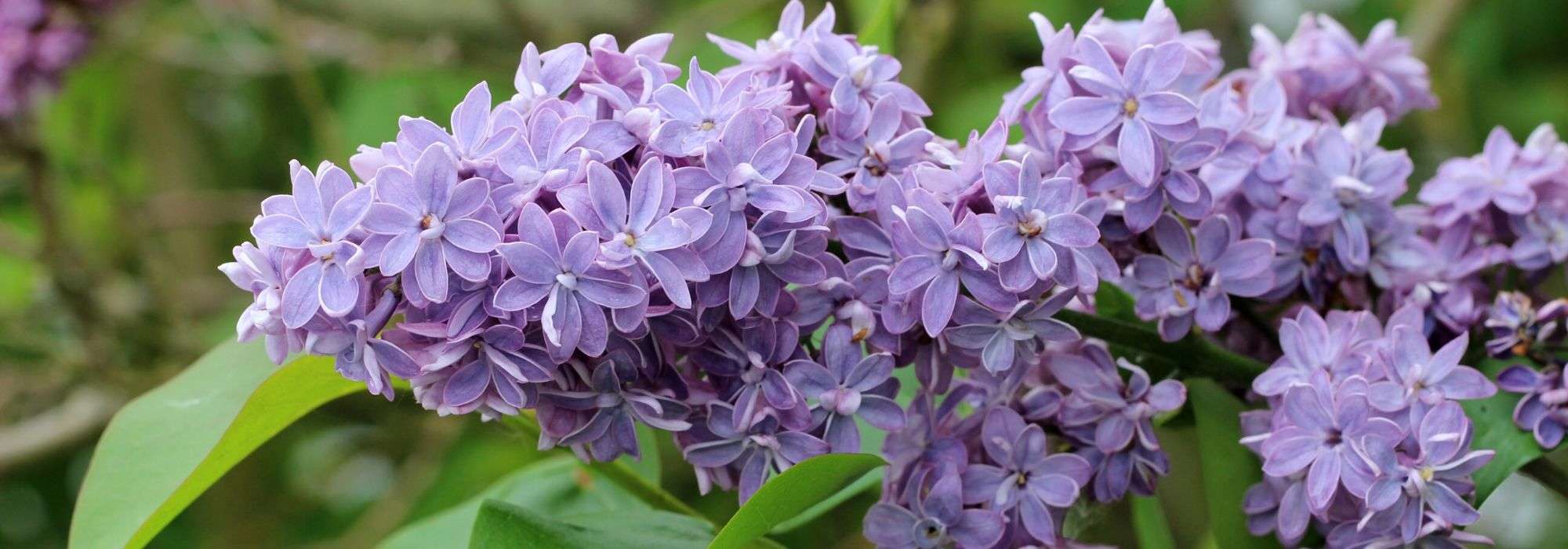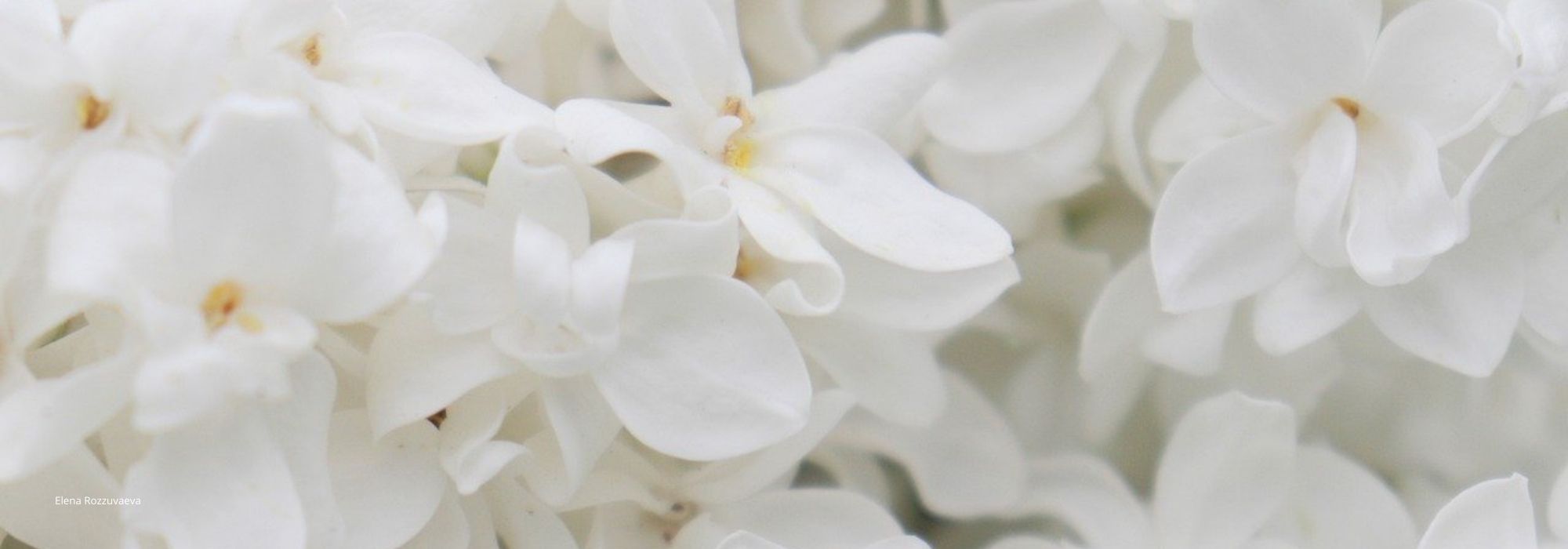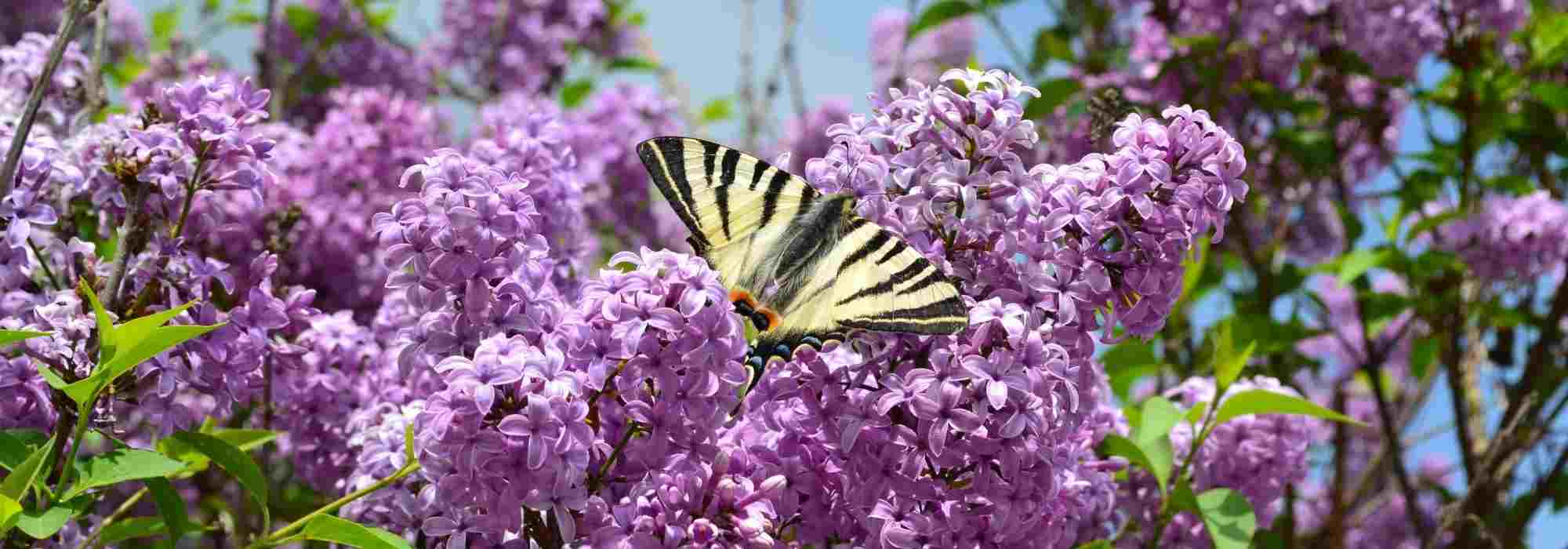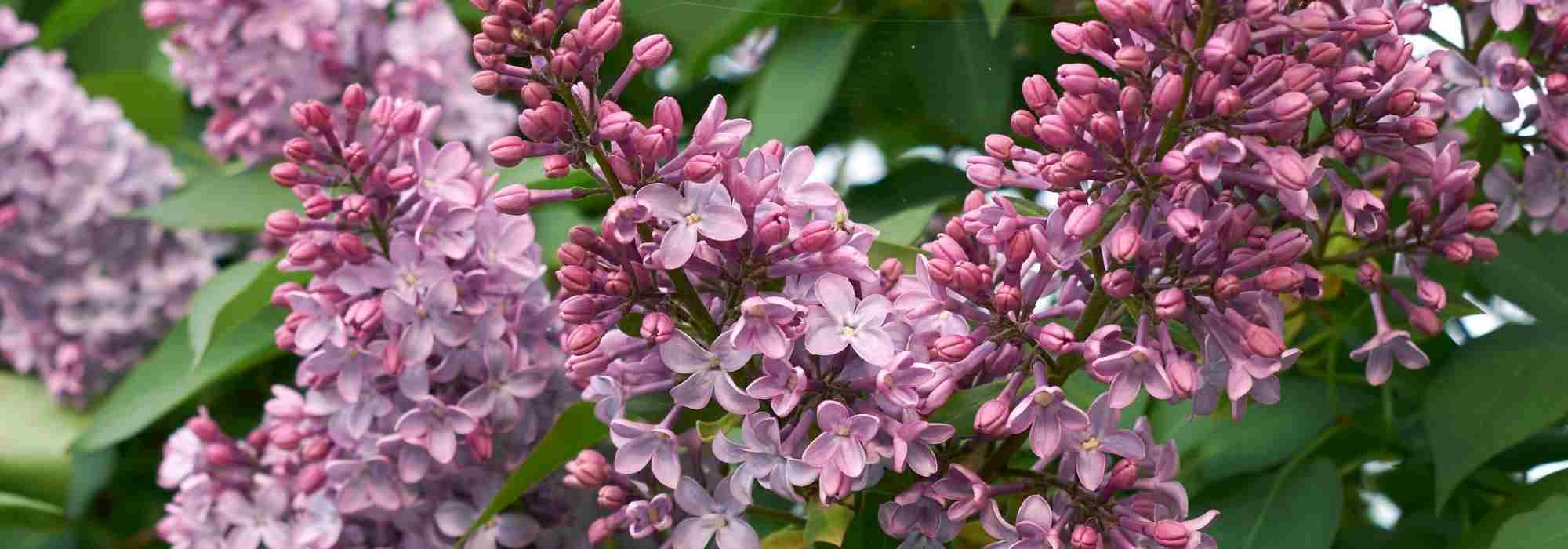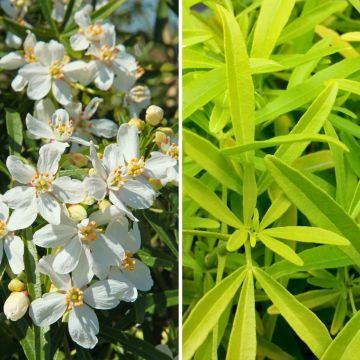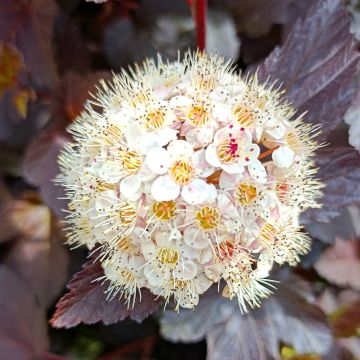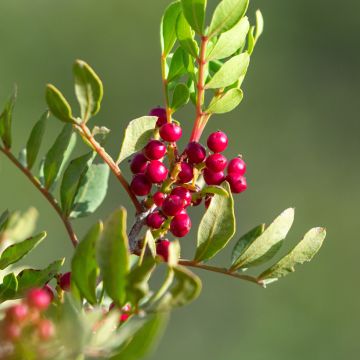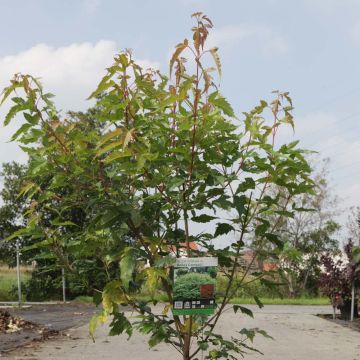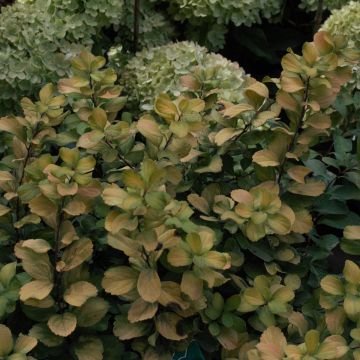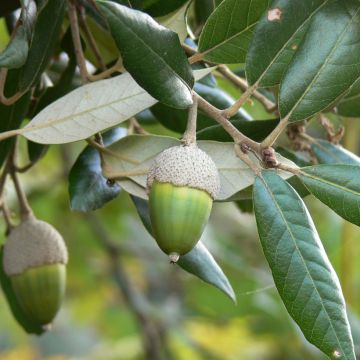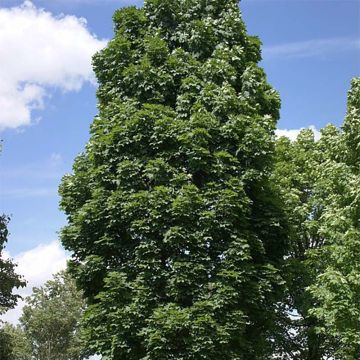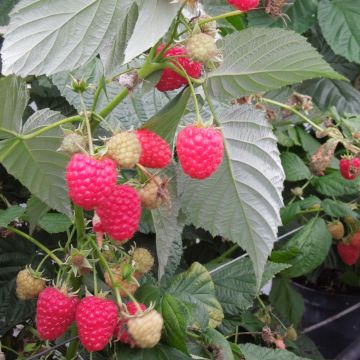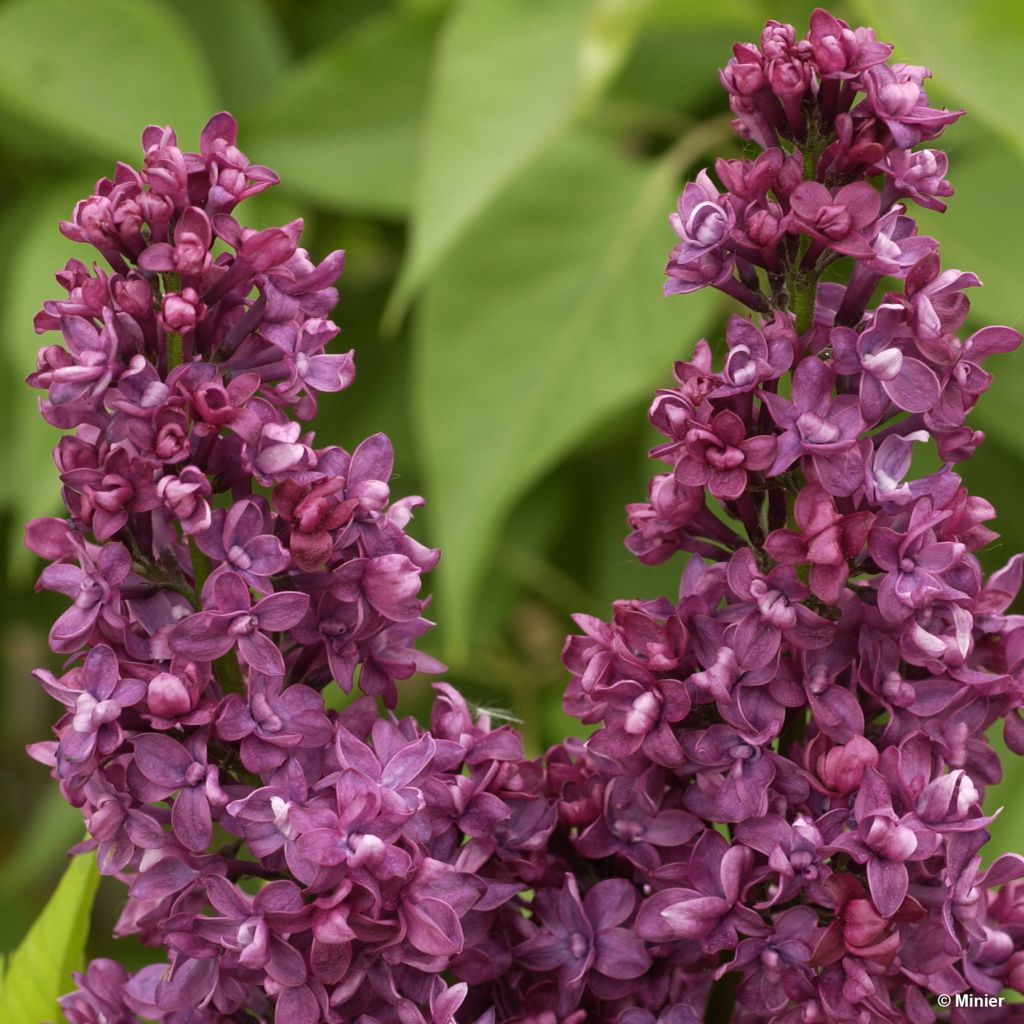

Syringa vulgaris Charles Joly - Common Lilac
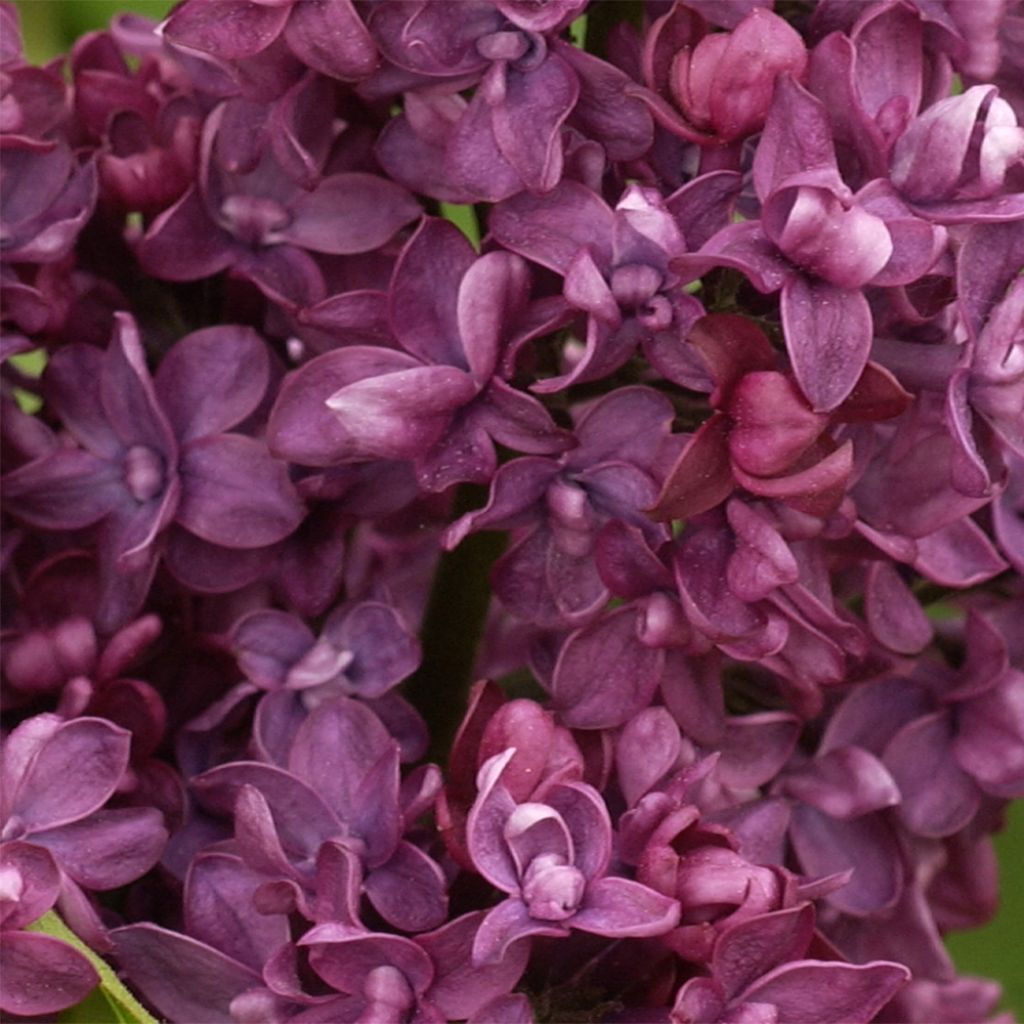

Syringa vulgaris Charles Joly - Common Lilac
Syringa vulgaris Charles Joly - Common Lilac
Syringa vulgaris Charles Joly
Common Lilac, Lilac
I am not very satisfied with this lilac which has lost all its leaves. For a week now, it seems that 2 small leaves are forming. I don't think I will have lilac in spring. What a pity!!
Mimi, 22/10/2024
Special offer!
Receive a €20 voucher for any order over €90 (excluding delivery costs, credit notes, and plastic-free options)!
1- Add your favorite plants to your cart.
2- Once you have reached €90, confirm your order (you can even choose the delivery date!).
3- As soon as your order is shipped, you will receive an email containing your voucher code, valid for 3 months (90 days).
Your voucher is unique and can only be used once, for any order with a minimum value of €20, excluding delivery costs.
Can be combined with other current offers, non-divisible and non-refundable.
Home or relay delivery (depending on size and destination)
Schedule delivery date,
and select date in basket
This plant carries a 24 months recovery warranty
More information
We guarantee the quality of our plants for a full growing cycle, and will replace at our expense any plant that fails to recover under normal climatic and planting conditions.

Does this plant fit my garden?
Set up your Plantfit profile →
Description
The Syringa vulgaris Charles Joly, also known as Common Lilac, produces beautiful compact clusters of tightly packed large double wine-red and fragrant flowers in spring. It is a deciduous bush with a dense habit and vigorous growth. It is adorned with light green, ovate and pointed leaves. This old-fashioned variety will bring a beautiful touch of colour and fragrance to the garden. It is equally interesting as a flowering hedge or as a standalone plant, as well as in bouquets. Easy to cultivate in all types of soil, in full sun or in partial shade.
The Syringa Charles Joly is an old variety, obtained by Victor Lemoine in 1896. Belonging to the olive family, it comes from the wild species Syringa vulgaris, the common lilac, native to southeastern Europe. 'Charles Joly' forms a deciduous bush with a dense and bushy habit, reaching 5.50m (18ft) in height and a spread of 3.50m (11ft 6in). It is covered with light green ovate or heart-shaped leaves measuring 10cm (3.9in) in length. Its growth is quite fast, increased by rich and moist soil. This variety blooms abundantly in April-May, in the form of pyramidal panicles measuring 15 to 20cm (7.9in), composed of small double, wine-red flowers, exuding an intense fragrance. The panicles are grouped in pairs at the end of the previous year's shoots. By regularly pruning the faded flowers, a small second blooming can be observed in summer. The flowers attract many butterflies.
Easy to cultivate, very vigorous and long-lived, the Charles Joly Lilac embodies the charm and simplicity found in old gardens. It is a precious asset for a scented garden, with its flowering that will accompany that of hawthorns and brooms, as well tree peonies. It can be planted on the edge of a grove, in front of taller trees, in groups, as a standalone plant near the house, or as a natural hedge mixed with other species (flowering apple trees, Japanese cherry trees, Chinese almond trees, Japanese quinces, deutzias...). Its beautiful fragrant flowers are appreciated in bouquets, accompanied by garden irises and peonies, in spring.
Syringa vulgaris Charles Joly - Common Lilac in pictures
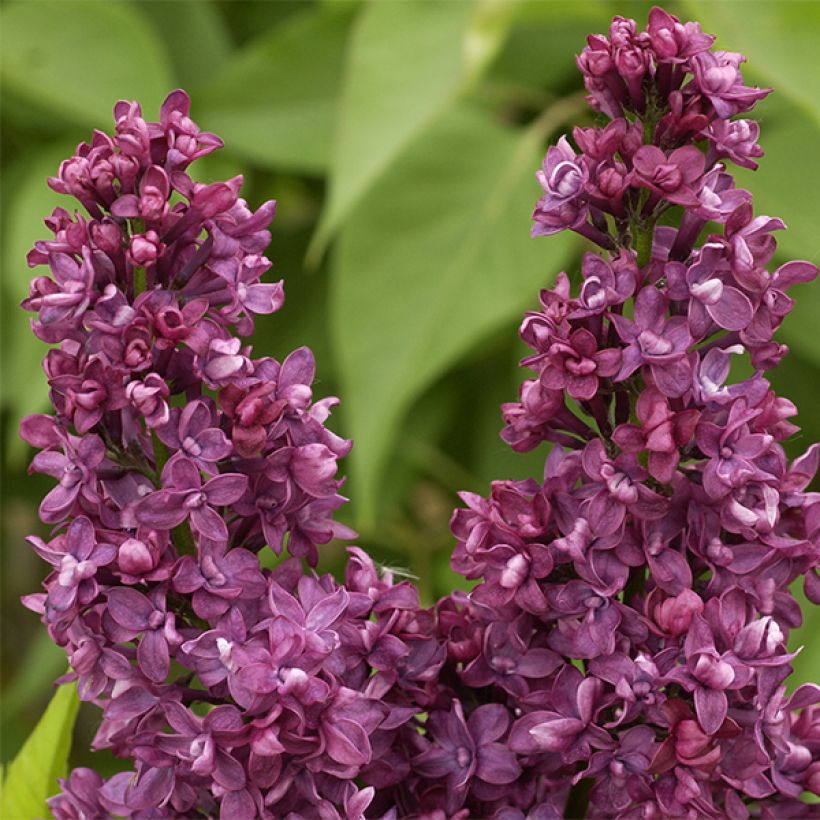

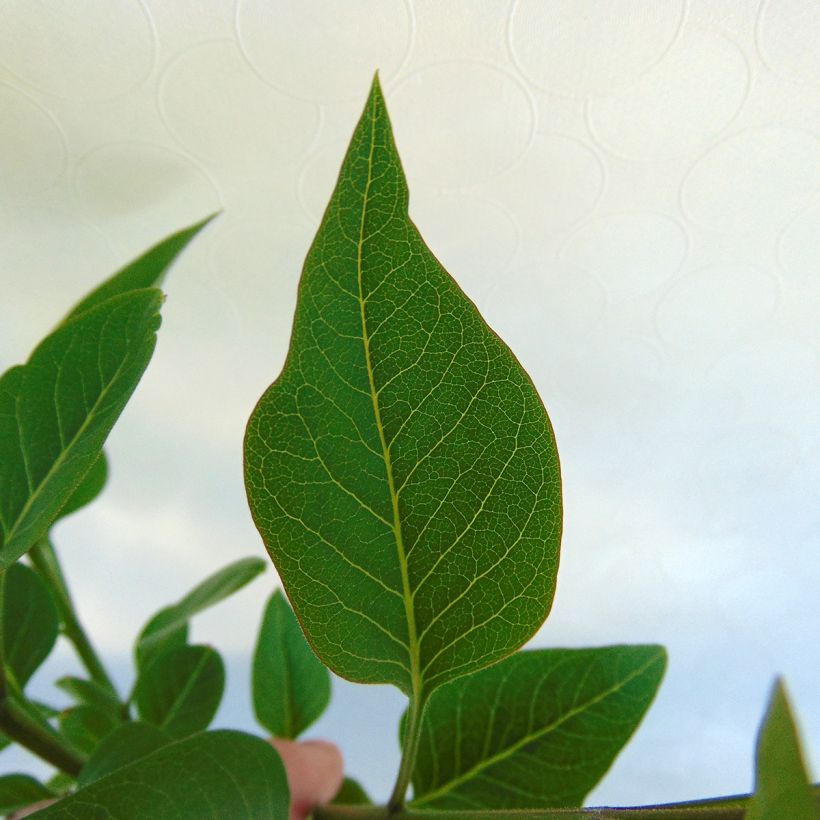

Plant habit
Flowering
Foliage
Botanical data
Syringa
vulgaris
Charles Joly
Oleaceae
Common Lilac, Lilac
Cultivar or hybrid
Other Syringa - Lilac
View all →Planting and care
The Syringa vulgaris Charles Joly can be planted from November to March and from September to June. It adapts to any ordinary soil, but it prefers moist, rich, deep, loose soils, even chalk. An application of a general fertilizer every year at the beginning of growth is recommended. The soil should be moist and well-drained. It is preferable to plant it in full sun or in light shade in warm climates, as its flowering is better when it receives maximum light. It is useful to cut off faded inflorescences after flowering to prevent fruiting, which is of no interest and exhausts the plant. This will promote a more abundant flowering the following year. This variety blooms on the previous year's shoots. A light pruning should be done at the end of winter, and it is useful to remove faded flowers as they appear.
Planting period
Intended location
Care
Planting & care advice
-
, onOrder confirmed
Reply from on Promesse de fleurs
Similar products
Haven't found what you were looking for?
Hardiness is the lowest winter temperature a plant can endure without suffering serious damage or even dying. However, hardiness is affected by location (a sheltered area, such as a patio), protection (winter cover) and soil type (hardiness is improved by well-drained soil).

Photo Sharing Terms & Conditions
In order to encourage gardeners to interact and share their experiences, Promesse de fleurs offers various media enabling content to be uploaded onto its Site - in particular via the ‘Photo sharing’ module.
The User agrees to refrain from:
- Posting any content that is illegal, prejudicial, insulting, racist, inciteful to hatred, revisionist, contrary to public decency, that infringes on privacy or on the privacy rights of third parties, in particular the publicity rights of persons and goods, intellectual property rights, or the right to privacy.
- Submitting content on behalf of a third party;
- Impersonate the identity of a third party and/or publish any personal information about a third party;
In general, the User undertakes to refrain from any unethical behaviour.
All Content (in particular text, comments, files, images, photos, videos, creative works, etc.), which may be subject to property or intellectual property rights, image or other private rights, shall remain the property of the User, subject to the limited rights granted by the terms of the licence granted by Promesse de fleurs as stated below. Users are at liberty to publish or not to publish such Content on the Site, notably via the ‘Photo Sharing’ facility, and accept that this Content shall be made public and freely accessible, notably on the Internet.
Users further acknowledge, undertake to have ,and guarantee that they hold all necessary rights and permissions to publish such material on the Site, in particular with regard to the legislation in force pertaining to any privacy, property, intellectual property, image, or contractual rights, or rights of any other nature. By publishing such Content on the Site, Users acknowledge accepting full liability as publishers of the Content within the meaning of the law, and grant Promesse de fleurs, free of charge, an inclusive, worldwide licence for the said Content for the entire duration of its publication, including all reproduction, representation, up/downloading, displaying, performing, transmission, and storage rights.
Users also grant permission for their name to be linked to the Content and accept that this link may not always be made available.
By engaging in posting material, Users consent to their Content becoming automatically accessible on the Internet, in particular on other sites and/or blogs and/or web pages of the Promesse de fleurs site, including in particular social pages and the Promesse de fleurs catalogue.
Users may secure the removal of entrusted content free of charge by issuing a simple request via our contact form.
The flowering period indicated on our website applies to countries and regions located in USDA zone 8 (France, the United Kingdom, Ireland, the Netherlands, etc.)
It will vary according to where you live:
- In zones 9 to 10 (Italy, Spain, Greece, etc.), flowering will occur about 2 to 4 weeks earlier.
- In zones 6 to 7 (Germany, Poland, Slovenia, and lower mountainous regions), flowering will be delayed by 2 to 3 weeks.
- In zone 5 (Central Europe, Scandinavia), blooming will be delayed by 3 to 5 weeks.
In temperate climates, pruning of spring-flowering shrubs (forsythia, spireas, etc.) should be done just after flowering.
Pruning of summer-flowering shrubs (Indian Lilac, Perovskia, etc.) can be done in winter or spring.
In cold regions as well as with frost-sensitive plants, avoid pruning too early when severe frosts may still occur.
The planting period indicated on our website applies to countries and regions located in USDA zone 8 (France, United Kingdom, Ireland, Netherlands).
It will vary according to where you live:
- In Mediterranean zones (Marseille, Madrid, Milan, etc.), autumn and winter are the best planting periods.
- In continental zones (Strasbourg, Munich, Vienna, etc.), delay planting by 2 to 3 weeks in spring and bring it forward by 2 to 4 weeks in autumn.
- In mountainous regions (the Alps, Pyrenees, Carpathians, etc.), it is best to plant in late spring (May-June) or late summer (August-September).
The harvesting period indicated on our website applies to countries and regions in USDA zone 8 (France, England, Ireland, the Netherlands).
In colder areas (Scandinavia, Poland, Austria...) fruit and vegetable harvests are likely to be delayed by 3-4 weeks.
In warmer areas (Italy, Spain, Greece, etc.), harvesting will probably take place earlier, depending on weather conditions.
The sowing periods indicated on our website apply to countries and regions within USDA Zone 8 (France, UK, Ireland, Netherlands).
In colder areas (Scandinavia, Poland, Austria...), delay any outdoor sowing by 3-4 weeks, or sow under glass.
In warmer climes (Italy, Spain, Greece, etc.), bring outdoor sowing forward by a few weeks.






























